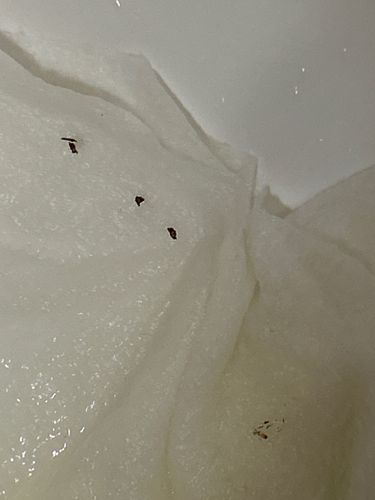Fungus Gnats
Scientific Name: Bradysia spp., Sciara spp., Mycetophila spp., etc.
Order & Family: Order Diptera, Family Sciaridae or Mycetophilidae
Size: Typically 2-8 mm (0.08-0.31 inches) in length

Natural Habitat
Fungus gnats thrive in moist environments, particularly in soil with decaying organic matter, overwatered houseplants, greenhouses, and other damp indoor or outdoor locations.
Diet & Feeding
Adult fungus gnats typically do not feed or feed on liquids. Their primary function is reproduction. Larvae feed on fungi, decaying organic matter, and fine root hairs of plants.
Behavior Patterns
Adults are weak fliers and are often seen flying around potted plants or crawling on surfaces. Females lay eggs in moist soil. Larvae develop in the soil, feeding on organic matter and roots. The life cycle from egg to adult is usually 3-4 weeks. They are attracted to light and moisture.
Risks & Benefits
Potential risks include damage to plant roots, especially seedlings and young plants, due to larval feeding, which can cause wilting and stunted growth. They are also a nuisance pest indoors. They are generally not harmful to humans or pets. In natural environments, their larvae play a role in decomposition.
Identified on: 11/7/2025